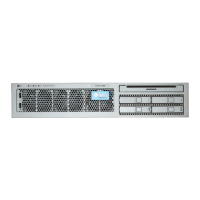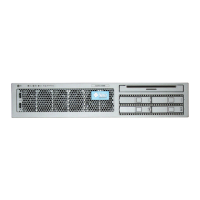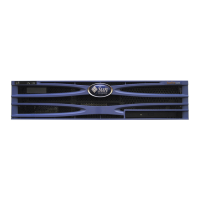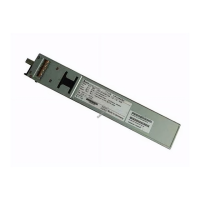88 Netra T2000 Server Administration Guide • September 2006
Using the ntwdt Driver
To use the new application watchdog feature, you must install the ntwdt driver. To
enable and control the watchdog’s application mode, you must program the
watchdog system using the LOMIOCDOGxxx IOCTLs, described in “Understanding
the User API” on page 88.
If the ntwdt driver, as opposed to the system controller, initiates a reset of the
Solaris OS on application watchdog expiration, the value of the following property
in the ntwdt driver’s configuration file (ntwdt.conf) is used:
ntwdt-boottimeout="600";
In case of a panic, or an expiration of the application watchdog, the ntwdt driver
reprograms the watchdog time-out to the value specified in the property.
Assign a value representing a duration that is longer than the time it takes to reboot
and perform a crash dump. If the specified value is not large enough, the system
controller resets the host if reset is enabled. Note that this reset by the system
controller occurs only once.
Understanding the User API
The ntwdt driver provides an application programming interface by using IOCTLs.
You must open the /dev/ntwdt device node before issuing the watchdog IOCTLs.
Note – Only a single instance of open() is allowed on /dev/ntwdt. More than one
instance of open() will generate the following error message: EAGAIN – The
driver is busy, try again.
You can use the following IOCTLs with the watchdog timer:
■ LOMIOCDOGTIME
■ LOMIOCDOGCTL
■ LOMIOCDOGPAT
■ LOMIOCDOGSTATE
■ LOMIOCALCTL
■ LOMIOCALSTATE

